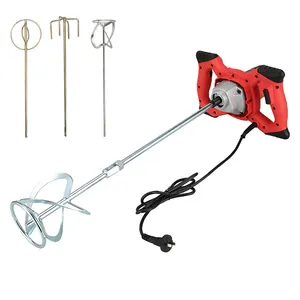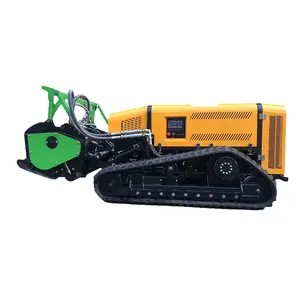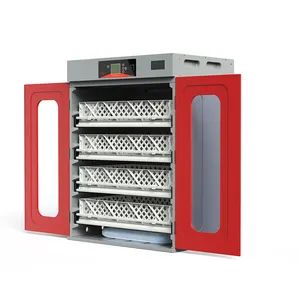Popular in your industry






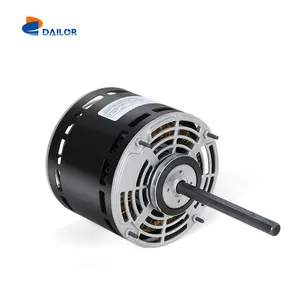
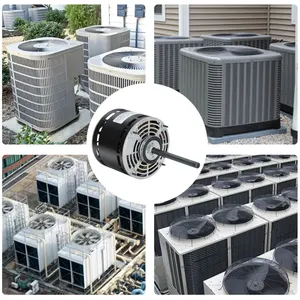






























































Related Searches:






















































































































Top categories
About fan central air conditioner
A central air fan is an essential component of a central air conditioning system. It is responsible for circulating air throughout the home, ensuring a consistent and comfortable temperature in every room. These fans are typically located in the air handler or furnace unit and work in conjunction with the HVAC blower fan to distribute cooled air during the summer months and heated air during the winter. The central air fan plays a crucial role in the overall efficiency and performance of the central air conditioning system.
Types of Central Air Fans
Central air fans come in various types, including axial and centrifugal fans. Axial fans feature blades that rotate around an axis, creating a flow of air parallel to the axis. These fans are commonly used in HVAC systems to move large volumes of air. On the other hand, centrifugal fans utilize a rotating impeller to increase the pressure of the air and direct it perpendicular to the rotation axis. This type of fan is often employed in applications where higher pressure is required, such as in commercial and industrial HVAC systems. Additionally, there are variable-speed fans that allow for greater control and energy efficiency by adjusting the fan speed based on the cooling or heating demands of the home.
Components of a Central Air Fan
The central air fan consists of several key components, including the fan blades, motor, and housing. The fan blades, typically made of metal or composite materials, are designed to efficiently move air. The motor is the power source that drives the rotation of the blades and can be a single-speed or variable-speed motor. The housing, also known as the fan shroud, is the enclosure that surrounds the fan blades and motor, directing the airflow and providing protection. Additionally, the fan may include a capacitor, which stores electrical energy to help start the motor, especially in the case of single-phase motors.
Common Problems of a Central Air Fan
Issues with the central air fan can lead to reduced cooling or heating performance and higher energy consumption. One common problem is a faulty motor, which can result in the fan not turning on or operating at reduced speed. This can be caused by motor wear and tear, electrical issues, or overheating. Another problem is a damaged or bent fan blade, which can disrupt the airflow and lead to noisy operation. Regular maintenance, such as cleaning the fan blades and ensuring proper lubrication of the motor, can help prevent these issues and extend the lifespan of the central air fan.
Additionally, a malfunctioning capacitor can cause the fan motor to struggle to start or run intermittently. This can be diagnosed by a qualified HVAC technician using specialized tools. Moreover, issues with the fan relay, which controls the fan operation, can lead to the fan not turning on or running continuously. It is essential to address these problems promptly to prevent further damage to the central air fan and ensure the efficient operation of the entire central air conditioning system.

